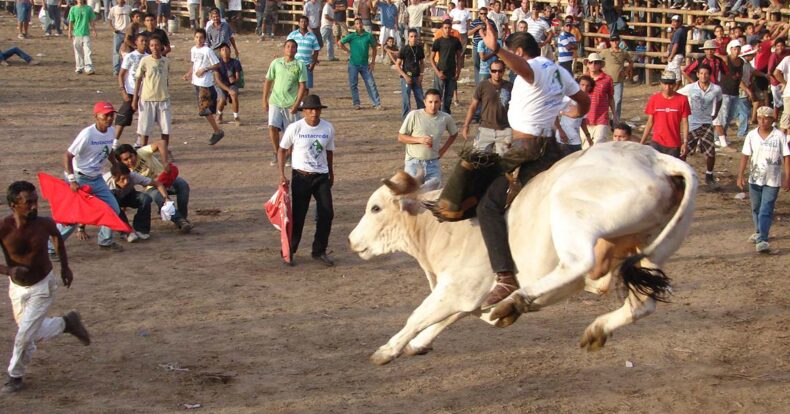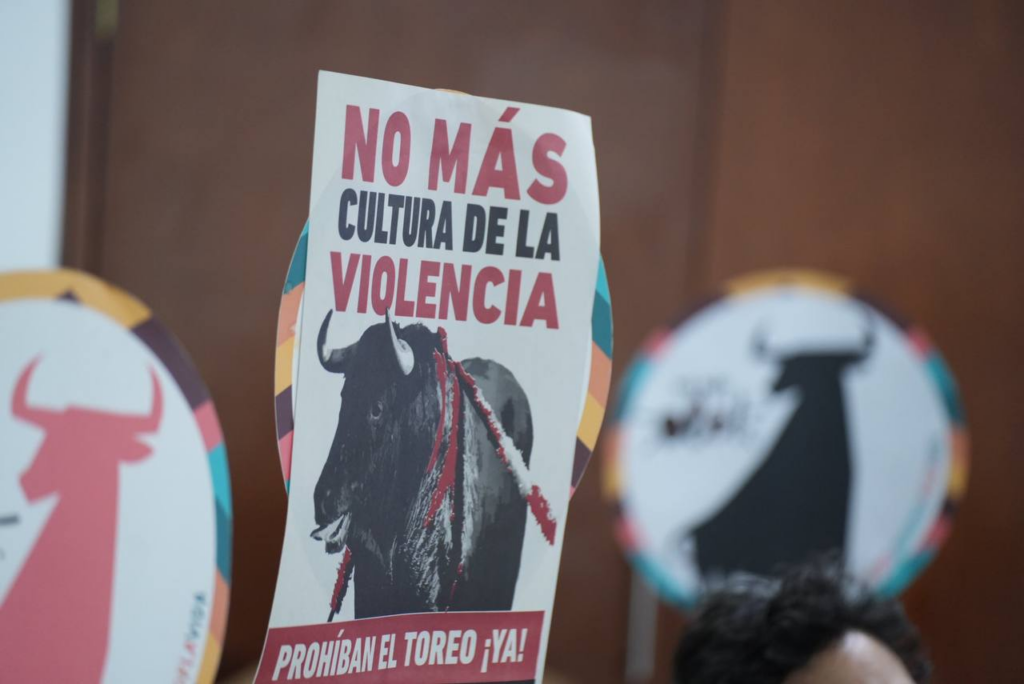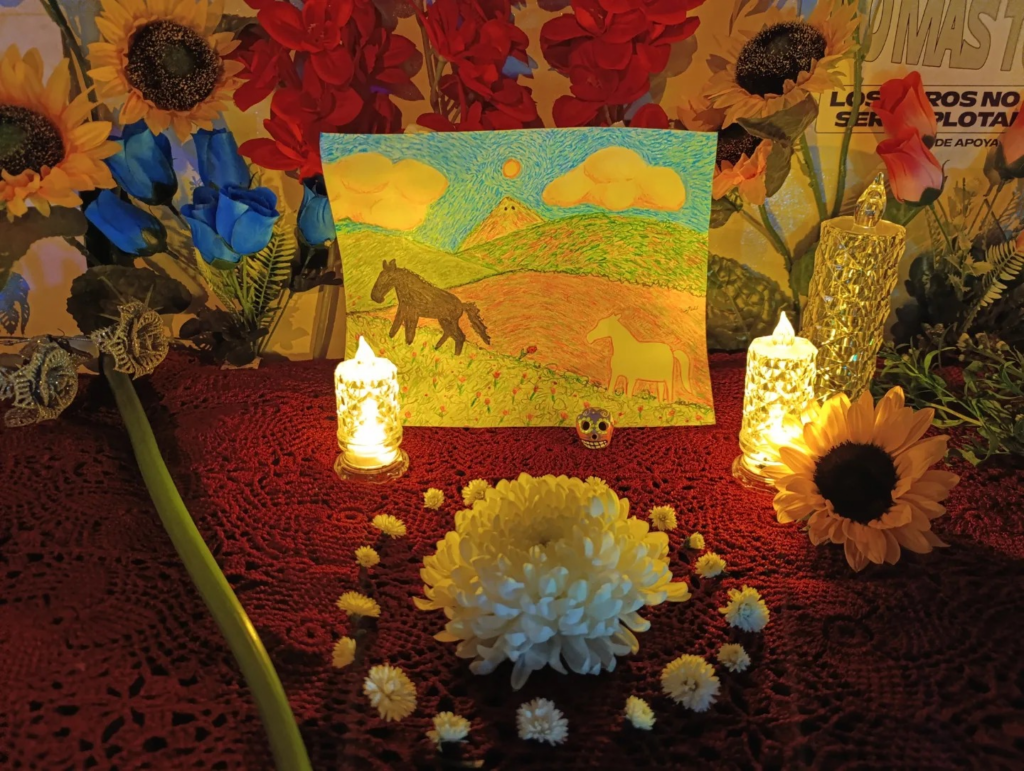Bullfighting and Topes in Costa Rica: Tradition, Culture and Controversy

Bullfighting and Topes in Costa Rica.
History: Origins and Development
Bullfighting and topes are an integral part of Costa Rican traditions. These practices have their roots in the 19th century, when the cultural influences of Spanish colonization began to merge with local customs. The first bullfights in Costa Rica, known as ” corridas a la tica”, distinguished themselves from their Spanish counterparts by avoiding the death of the bulls. This format evolved to include festive and community elements, becoming the main event of the Fiestas de Zapote, held annually since 1969.
On the other hand, the tope – parades of horses and bulls – emerged as a civic celebration, emphasizing the relevance of cattle ranchers and the legacy of the sabaneros, representative figures of Costa Rican rural culture. These events include music, dances and activities that attract both locals and tourists, being the Tope de Toros de Liberia one of the most emblematic.


Culture: Elements and Meaning
The corridas “a la tica” and the topes are more than just spectacles; they are an expression of cultural identity. The bullfights combine bullfighting skills with music and dance in a festive atmosphere where the public actively participates. People celebrate the toreros, or “bullfighters on foot,” for their skill, while the topes showcase the ranching tradition and highlight the importance of the horse and bull as symbols of rural life.
These festivities also reflect a cultural syncretism. With Spanish influence and its bullfights, mixed with indigenous traditions such as the game of the devils of Boruca. This creates a unique space that celebrates the diversity and history of the country.
Questioning and Opposition: Tradition or Mistreatment?
In recent decades, increasing scrutiny has questioned these practices. Although Costa Rican bullfights do not involve the death of the bull, animal rights organizations denounce mistreatment such as “chuceo” and forced fasting, which cause stress and suffering to the animals. Besides, the topees have been criticized for the inadequate treatment of the horses in some cases.
The questioning also extends to the safety of the participants. Bullfights allow the participation of “improvised bullfighters”, which increases the risk of serious injuries and even deaths, generating debates about the responsibility of the organizers. On a social level, critics such as Santiago Porras consider these practices a vestige of macho and violent attitudes that perpetuate dynamics of both animal and human exploitation.


The antispeciesist movement has gained strength in Costa Rica, promoting marches, signature gathering and public debates to abolish bullfighting and encourage more compassionate cultural alternatives. This year, the III Journey for Animal Liberation, to be held on December 7 and 8, seeks to generate a space for reflection on these issues. Organized by the Coordinadora por la Liberación Animal and various institutions, this day will include lectures, workshops and artistic exhibitions that promote an anti-speciesist perspective and respect for all living beings.
Bullfighting and Topes in Costa Rica: A Reflection
Bullfighting and topes are deeply rooted in Costa Rican culture.They face a challenge today: reconciling tradition with animal welfare ethics. This debate invites society to reimagine its celebrations, valuing the cultural legacy without compromising animal rights and dignity. Participation in events such as the III Day for Animal Liberation is presented as an opportunity to build a future where all species are considered with respect and empathy.
Sensorial Sunsets
Navigate articles





